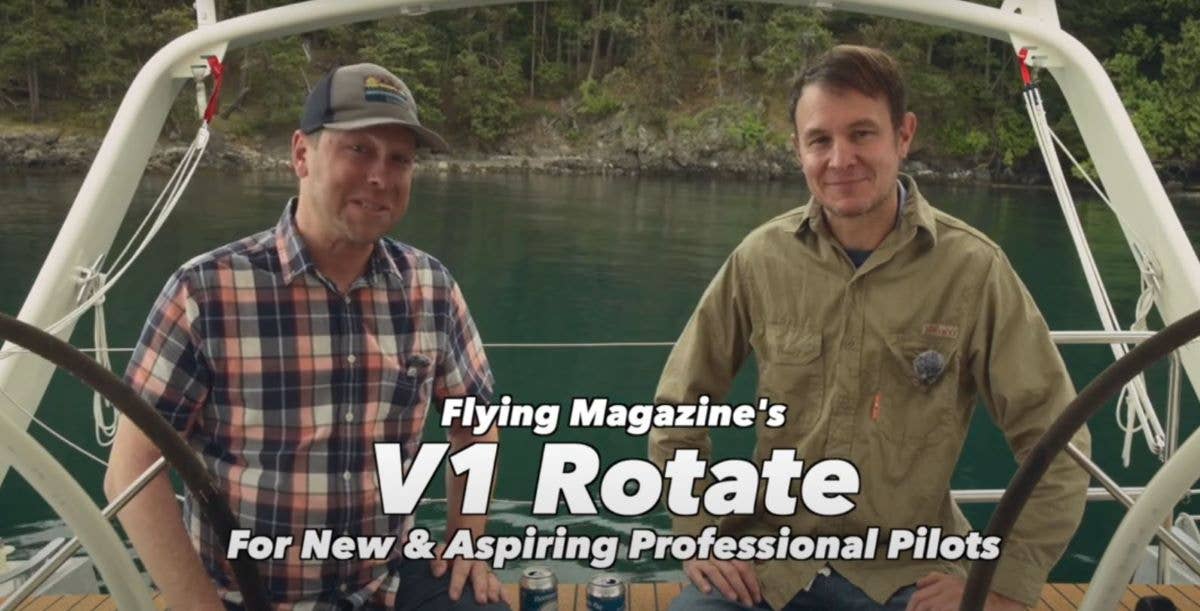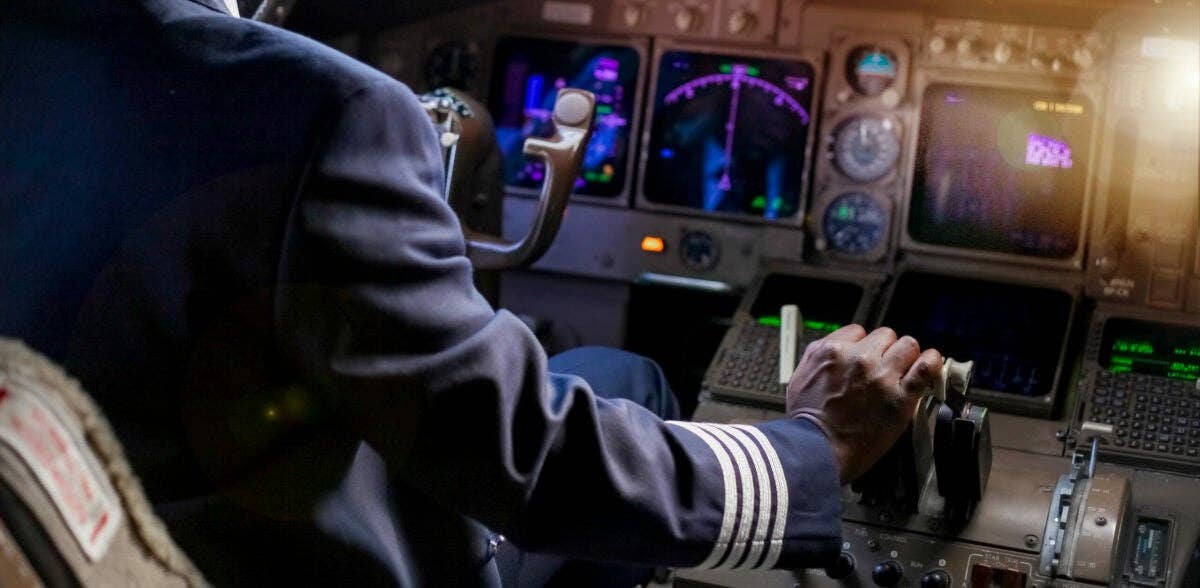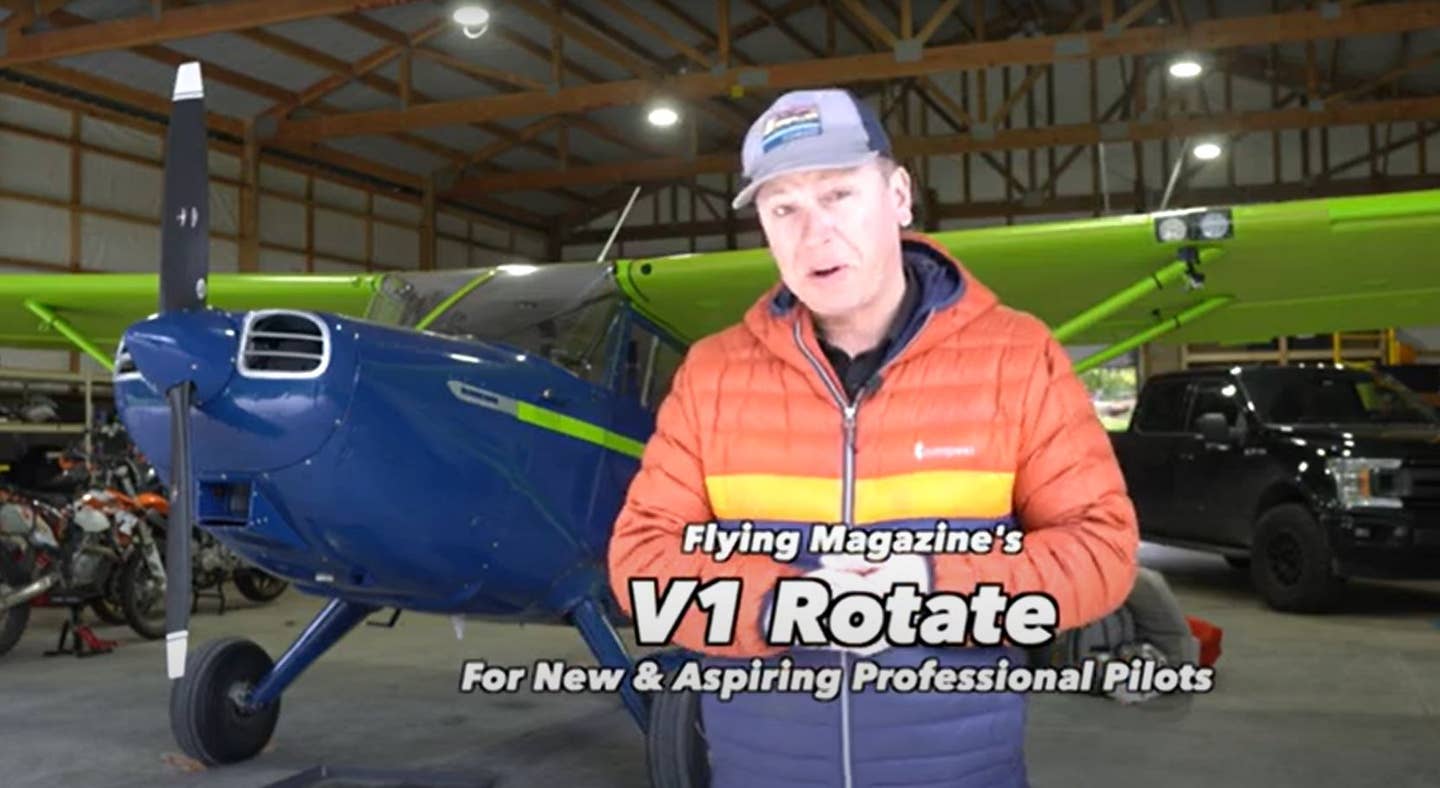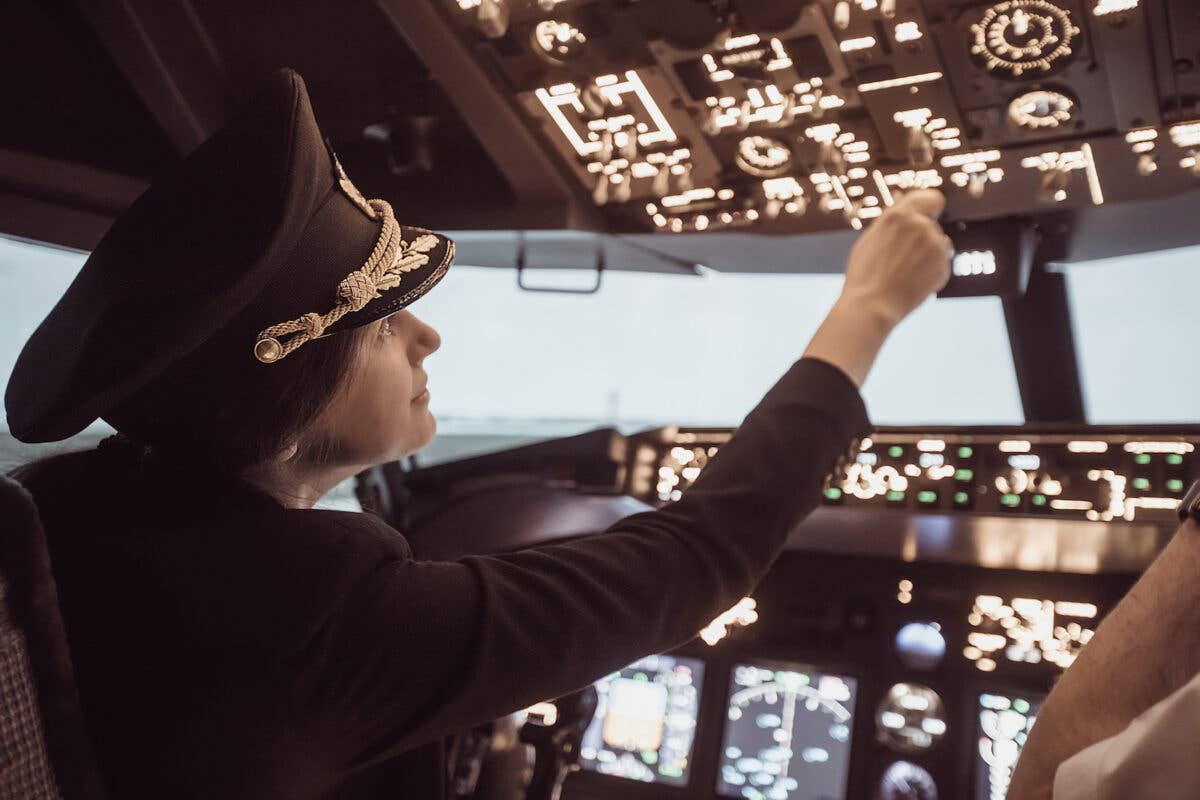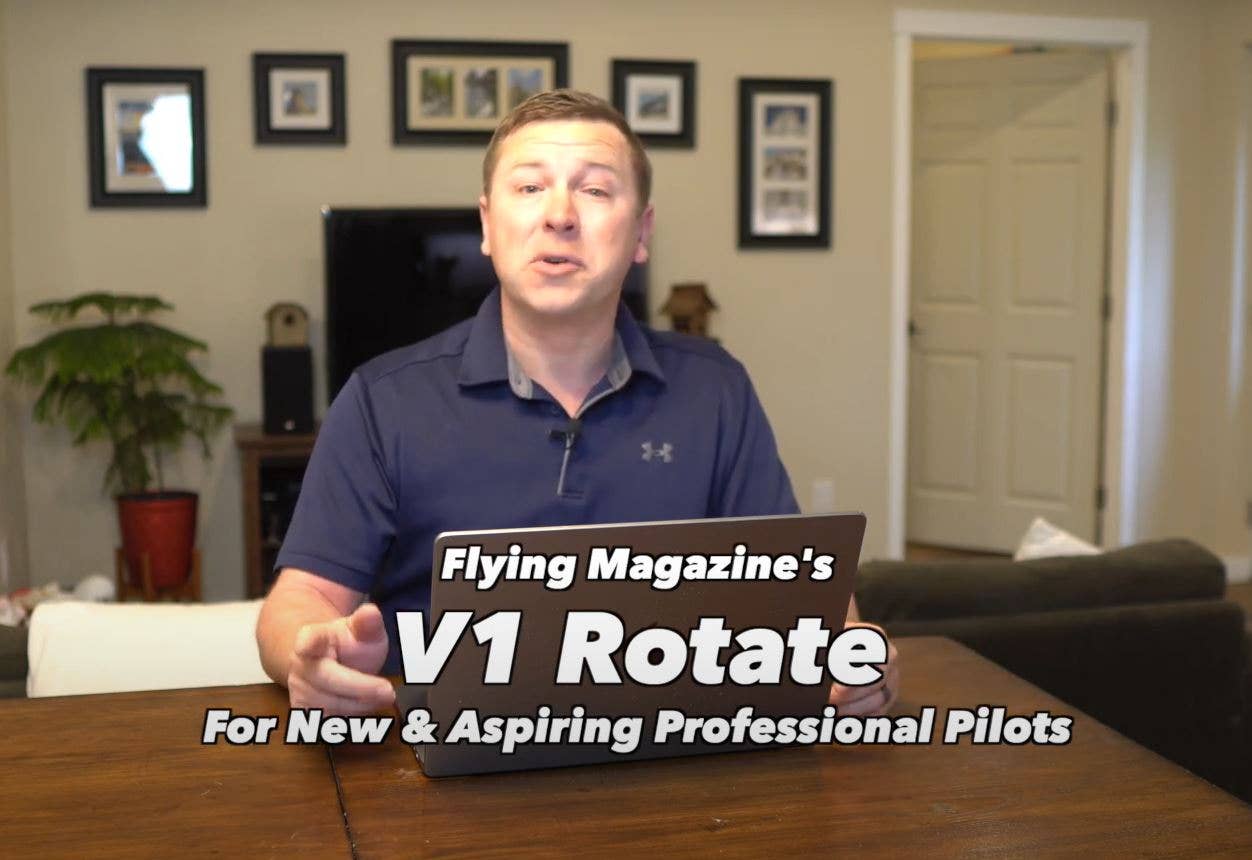Soft and Short Field Operations: Relevant to Professional Pilots?
Keeping the fun and adventure in training and time building is the best way to build a foundation for an enjoyable aviation career.
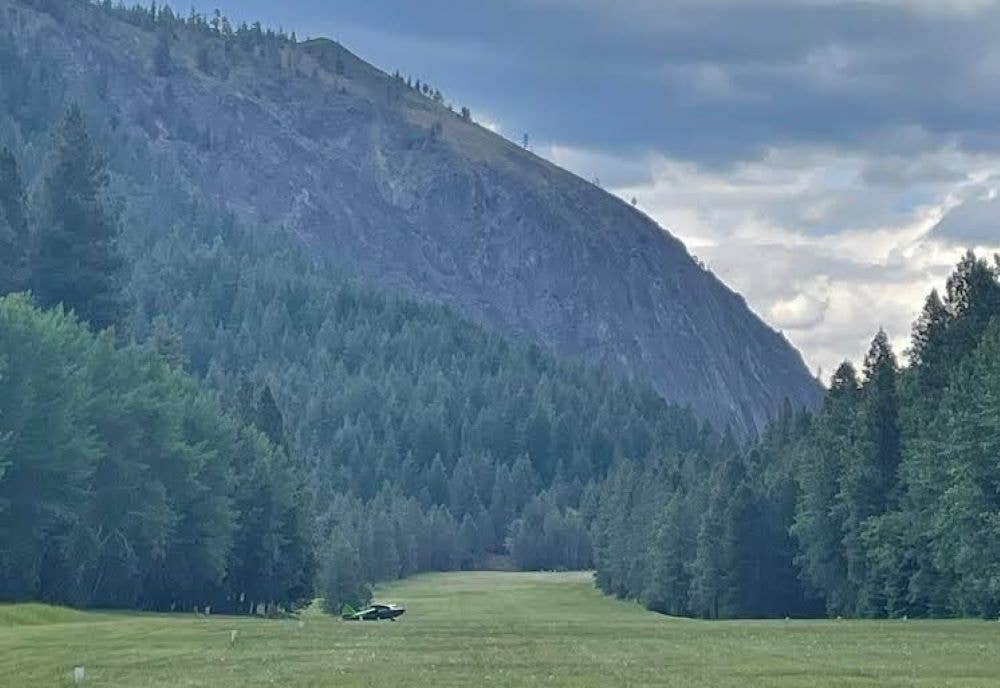
A lot of the neatest places to fly happen to be soft and/or short strips. [Credit: Sam Weigel]
When I was a young regional pilot in my early 20s, I scoffed at some of the mainline captains I met who seemed hopelessly out of touch with the realities of the modern aviation industry. Ah, the arrogance of youth. Now I’m the mainline captain and occasionally surprised to discover an industry trend that has been years in the making without me ever noticing it. Recently, when in the normal flow of cockpit conversation I mention that I own a Stinson 108 and finishing up a hangar-apartment on a 2,400-foot grass strip, a large majority of my younger first officers (FOs) say they have never landed on anything other than pavement. This is rather shocking to me.
I expect this out of military aviators, at least those outside the C-130 and C-17 communities, but many saying this come from a civilian background. In many cases, these FOs note the schools they learned to fly at—and instructed at—prohibited off-pavement operations altogether, for both training and renting, as well as operations at runways less than 3,000 feet in length—and sometimes above a certain elevation. Now that I think about it, the last several FBOs from which I rented aircraft had those same restrictions.
I’m guessing this is all insurance-driven. You can most certainly operate a Cessna 172 safely off of a 2,000-foot grass strip, if you pay close attention to weight, field condition, and density altitude, and use good technique. But the accident statistics suggest not everyone does those things, and so the insurance companies charge more to cover those activities, at least among students and renters. At a time when insurance costs are already quite onerous, most schools forgo the extra expense.
Of course, both the private and commercial airman certification standards (ACS) still include soft-field takeoff and climb, soft-field approach and landing, short-field takeoff and maximum performance climb, and short-field approach and landing as required tasks. In the absence of actual soft and/or short fields, both the training and the checking is simulated—going through the appropriate motions on long, paved runways. Sounds about as exciting as kissing your sister.
I’m going to tell you two stories from my early career that demonstrate the difference between simulated training and real-world experience. The first occurred during the summer between my junior and senior year of high school, when I was a brand-new private pilot. I was working at a lumberyard with several friends my own age. We generally spent slow periods dreaming up ways to get in trouble. One Saturday, we hatched a plan to fly a Cessna 172 to Grand Casino Hinckley in Minnesota after work for dinner and some illicit underage gambling. Back then, the casino had a private strip, and we reasoned that nobody would check the IDs of patrons who flew in. We were right.
However, this involved putting four people into a Cessna 172. We were all pretty skinny back then, and I called the flight school and told them to leave the airplane at partial fuel since we’d be right at maximum gross weight. Mind you, I had never flown a 172 at max gross weight. I was also picking up the guys at a 2,500-foot grass strip with trees surrounding it. Plus, it had rained the previous evening. You can see where this is going.
I did all the soft-field things I had been taught, at least until liftoff, and was feeling pretty good about myself when the 172’s haunting reed-vane stall warning went “woo” and woke me out of my stupor. I put the nose down and didn’t like what I saw one bit. We had drifted well to the left of the strip (hello, P-factor!), and some very big pine trees were flashing by mere feet from my left wingtip. The only smart thing I did that day was not panic and very gingerly nursed the airplane back to centerline while holding it in ground effect, even as the trees on the far end loomed. We cleared them by 20 feet or so, and we were halfway to pattern altitude before the near consequences of my stupidity broke through the adrenalin and I started shaking uncontrollably. My passengers were blissfully oblivious. I had nightmares about those trees off my wingtip for years, and even today the thought of them puts me into a cold sweat.
My second story takes place a few years later, as a brand-spanking-new 20-year old CFI in Southern California. I had an aircraft checkout scheduled with Mathias, a German renter who was planning to head out on a long cross country. Our checkouts included a mandatory stop at Big Bear Airport (KRBF), elevation 6,752 feet msl. Mind you, prior to my own checkout several weeks earlier, I had never been to an airport at more than 2,000 feet msl. That instructor had mentioned “only come up here with an [Piper] Archer (180 hp); don’t take a Warrior (160 hp)”—but the front desk had dispatched Mathias a Warrior instead of the Archer he reserved. I didn’t want to delay Mathias’ cross-country flight. It was a relatively cool day. Looking at the takeoff and climb charts, it looked like we should have the required performance…it just required a little interpolating off the right side of the chart.
Runway 26 at Big Bear is 5,850 feet long, and off the end is a small lagoon and then a causeway with power lines, and then Big Bear Lake. Well, we lifted off after maybe 3,000 feet—but by the time I realized the airplane wouldn’t climb out of ground effect, there was no runway left. I figured we’d have to fly under the power lines, but by getting down to a couple feet over the lagoon we were able to build enough speed to mush up and over them. Then we got back down into ground effect and flew the length of the lake that way, finally clearing the dam and diving down the canyon to San Bernardino. I later found out this particular Warrior had nearly 6,000 hours on the engine since its last overhaul and was probably making no more than 130 hp on a good day at sea level. Once again, young and dumb.
I’m aware that both of these stories could easily be construed as evidence in favor of a soft/short/high airport ban, perhaps even deletion of those specialized skills from the ACS. After all, why does someone headed for a career in the flight levels need to know how to land on anything other than pavement? With gobs of power and balanced-field calculations on every flight, there’s not really any such thing as a truly short field in most jets, operating into most of the airports on their regular dance card. To this I have two answers: First, my own post-9/11 career demonstrates that in this unstable industry, and your own path to the flight levels may take a few detours you didn’t anticipate. Secondly and more importantly, it is exactly because airline flying is so middle-of-the-envelope that one should use their time in light aircraft to gain skills and experiences further out in the margins.
Let’s not dismiss the importance of the fun factor. In the rush to get trained and up to 1,500 hours before the pilot shortage music stops, a lot of nascent professional pilots have burned out on flying. That’s really sad. I’m convinced that keeping the fun and adventure in training and time building is the best way to build a foundation for an enjoyable aviation career. And a lot of the neatest places to fly happen to be soft and/or short strips, sometimes in mountainous locales.
For my next video episode of V1 Rotate (July 21), I’m going to take you to three such airports in the Cascades range. I’ll show you some of the real-world techniques that will keep you safe when you venture off pavement, and we’ll have some fun exploring a really beautiful area of the country.

Subscribe to Our Newsletter
Get the latest FLYING stories delivered directly to your inbox

